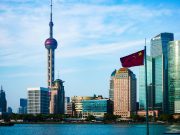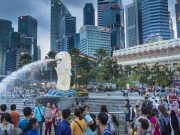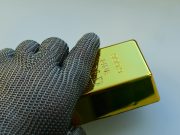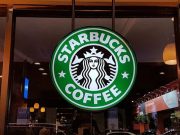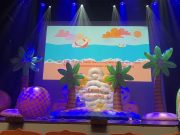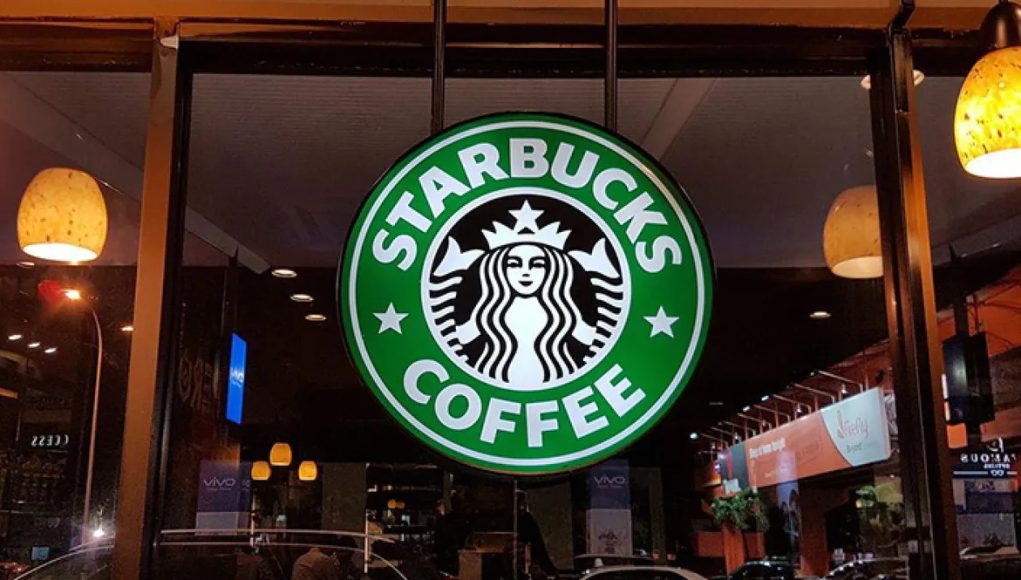(SINGAPORE 2025.9.30)Once the trend-setting leader in China’s coffee market, thriving for over two decades on its “third place” concept, Starbucks is now losing ground to fierce local competitors while also facing significant setbacks in its core North American and European markets, according to Chinese media.
For Starbucks, the global coffee powerhouse, 2025 could turn out to be either a “year of tribulations” or a “year of rebirth’ in China, commented Phoenix Technology, a news platform under Hong Kong-based Phoenix News Media.
From struggling to compete with China’s beverage brands and facing reputational damage over employee exploitation in mooncake sales, to selling stakes to outside investors, Starbucks China has so far experienced a rollercoaster year.
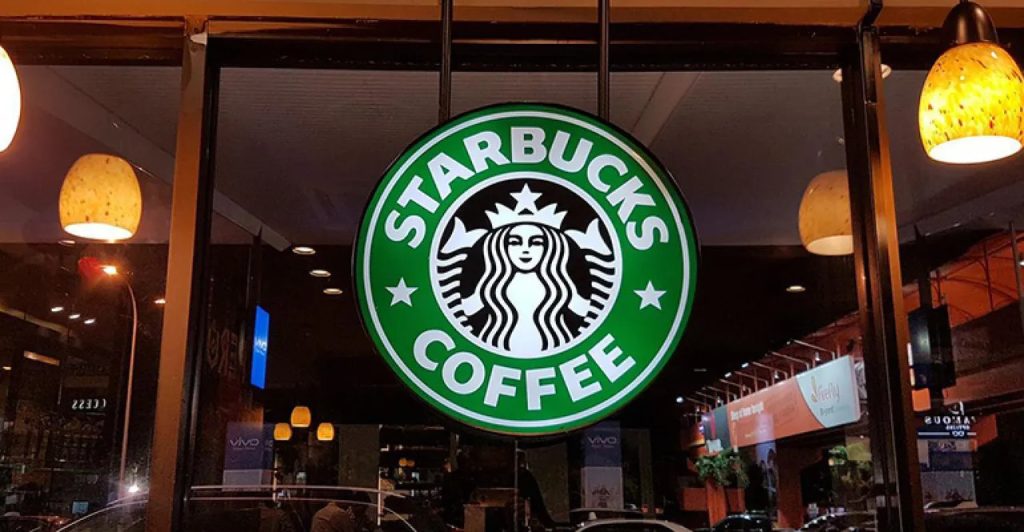
The Phoenix commentary noted that as Starbucks seeks to make a breakthrough in China, it must recognize that the local market is no longer a “blue ocean” where simply replicating some foreign models ensures success; rather, it requires carefully tailored strategies focused on Chinese consumers.
In China’s business context, “blue ocean” refers to a market space where companies can expand by creating fresh demand rather than battling for existing ones.
Phoenix noted that as coffee transitions from a “social luxury” to an everyday fast-moving good in China, Chinese consumers are now less willing to pay a premium to enjoy what was once Starbucks’ iconic “third place” – its branding as a social space between home and work.
Young Chinese consumers, who previously sought luxury brands, are turning to homegrown Luckin’s 9.9 yuan ($1.80) “affordable alternative.” In over 1,000 less-urbanized Chinese counties where Starbucks has a presence, a cup priced above 30 yuan is not merely considered expensive as in the major cities — it is exorbitant.
In Q2 2025, Luckin posted revenue of 12.36 billion yuan, more than double Starbucks China’s quarterly earnings and threatening the giant’s dominance. The Financial Times reported that Starbucks’ market share in China has plummeted from a 42% peak in 2017 to just 14% in 2024, leaving the company increasingly cornered.
Meanwhile, China’s new tea beverage market has surged, with domestic brands like Mixue, HeyTea, and Guming rapidly expanding through distinctive positionings, diverse flavour offerings, and targeted marketing strategies. They also undercut Starbucks’ foothold.
Starbucks has attempted to counter these intense market competitions but has repeatedly found its moves futile or counterproductive, according to Phoenix.
Starting June 10, Starbucks implemented its first major price cuts in China in 26 years, covering three key categories: Frappuccinos, shaken iced teas, and tea lattes. Large sizes are now around 5 yuan cheaper, with the cheapest option falling to 23 yuan. However, these adjustments have minimal impact on reversing the brand’s broader decline in the Chinese market.
Many consumers complained that the quality of Starbucks’ tea latte series had declined noticeably. One employee revealed that the black tea latte used to be made with tea bags, but it now relies on powdered tea, significantly diminishing its flavour. Many customers also felt Starbucks’ price cuts remain uncompetitive.
This month, Starbucks China officially partnered with Xiaohongshu, transforming over 1,800 stores nationwide into “interest community spaces” focused on pets, crafts, cycling, and running.
With its “third place” appeal fading and competition in China intensifying, Starbucks may sustain its premium pricing by emphasizing a unique “social space” experience.
Yet, it remains uncertain whether linking its offline stores with Xiaohongshu’s popular social and e-commerce platform will prove effective.
On the other hand, Starbucks’ mooncakes, introduced in 2001 as part of the company’s localization strategy, have long faced criticism for being “overpriced and bland.” Each year, the meticulously designed gift boxes are sold at premium prices ranging from 200 to 600 yuan.
In the middle of this month, reports of Starbucks employees being pressured to sell mooncakes went viral online, exposing a sharp contrast with the company’s claim of treating its staff as “partners.” Some student part-timers disclosed that they were forced to buy 15 boxes themselves, spending nearly 3,000 yuan.
Multiple employees confirmed on social media that such practice is widespread: stores reportedly imposes sales quotas on managers and staff, with those failing to meet targets facing the loss of promised triple holiday pay.
Even a week before this year’s mooncake festival. which falls on October 6, employees are still frantically trying to sell mooncakes as Starbucks offloads sales pressure onto them.
On September 25, Starbucks HQ in America unveiled a strategic restructuring plan which includes closing hundreds of stores across North America and Europe and laying off about 900 employees.
By late this month, the number of Starbucks outlets in North America is expected to fall to 18,300, down from 18,743 in June. Although North America remains Starbucks’ largest market, its sales have declined year-on-year for six consecutive quarters.
While layoffs continue in North America, China has not been spared. A Starbucks employee in Shanghai told Phoenix that full-time staff have been consistently laid off since July, with severance provided afterward. Another employee added that monthly layoffs are preceded by warning notices, effectively pressuring staff to resign voluntarily to avoid the need for compensation.
It is noteworthy that in Starbucks’ global wave of layoffs, China does not seem to be directly included but is caught up in its deeper strategic adjustments nevertheless.
In November last year, market reports have indicated that, amid fierce competition and a shrinking market share in China, Starbucks was exploring possibility of selling stakes in its China operations to external investments.
In July this year, Starbucks CEO Brian Niccol revealed in an earnings call that the company was evaluating over 20 investors with strong interest in Starbucks China. By September 11, it is reported that Starbucks has shortlisted Boyu Capital, Carlyle Group, EQT, Sequoia China, and Primavera Capital among the final candidates. The acquisition deal is expected to be finalized by the end of this month.
If Starbucks in North America reflects a “chronic decline,” Phoenix called Starbucks China’s situation “a race against collapse.” With 7,828 stores—representing one-fifth of the company’s global presence —Starbucks China is seen as too big to fail, prompting the need for a viable rescue plan, the media concluded.


